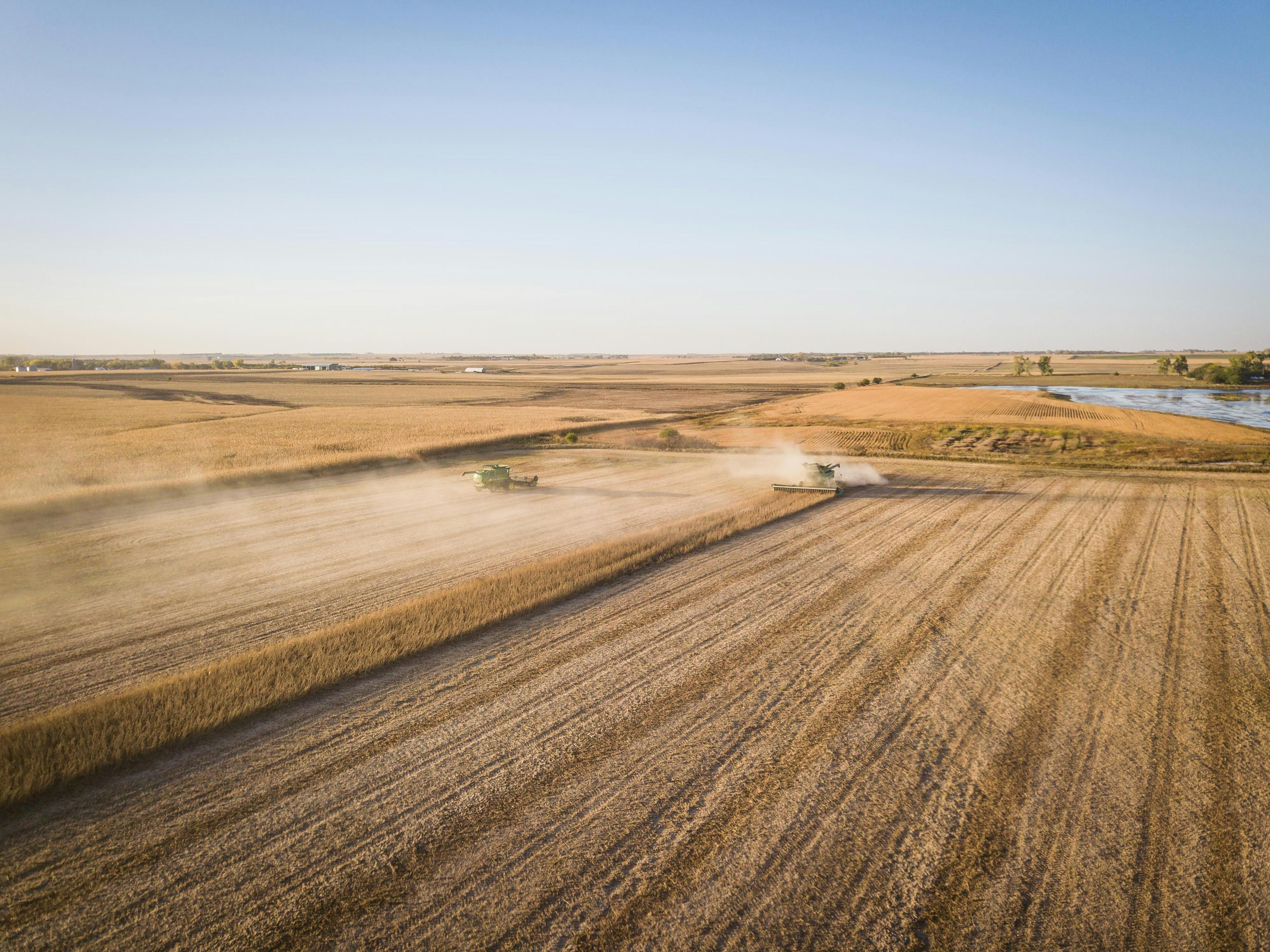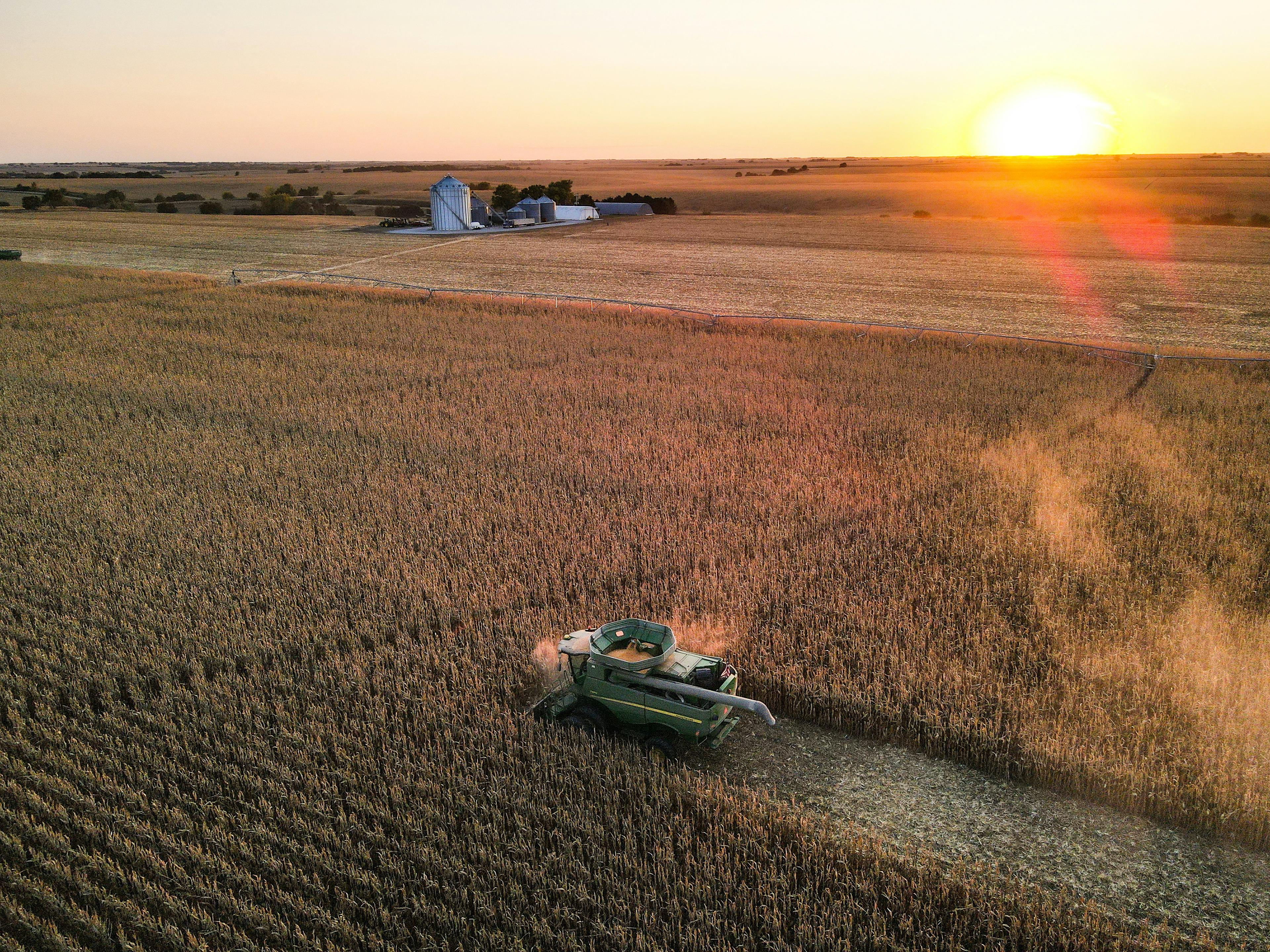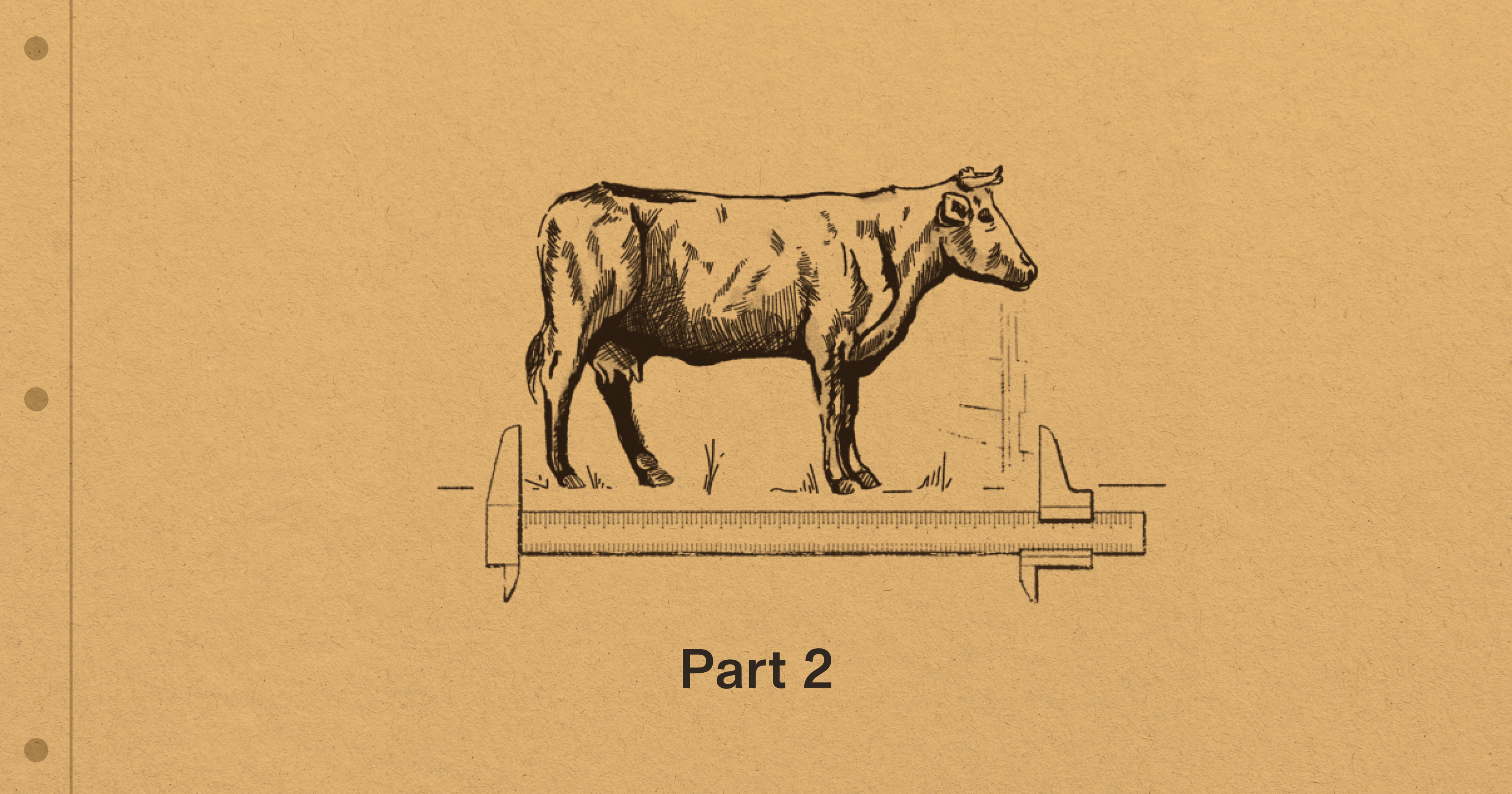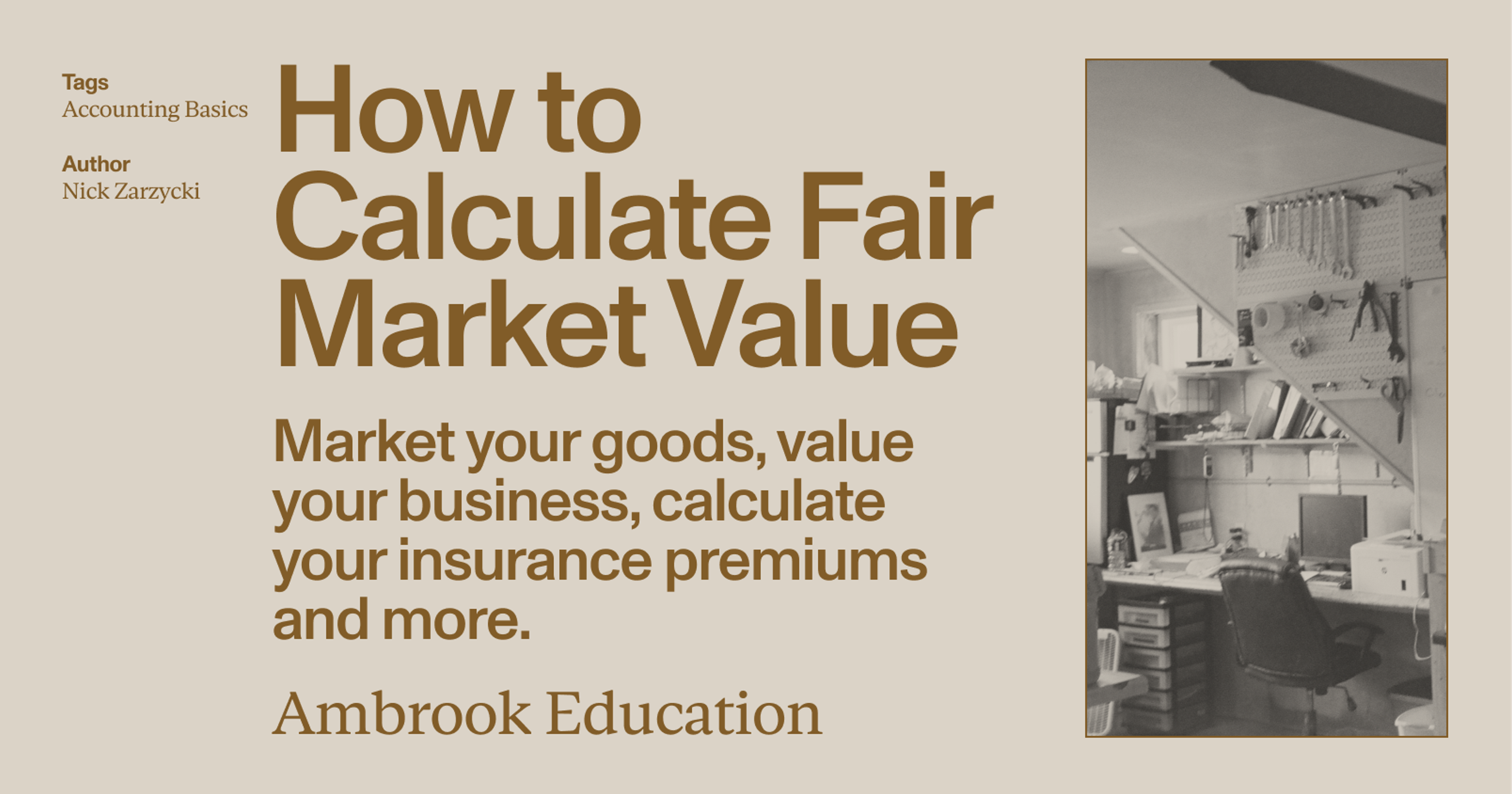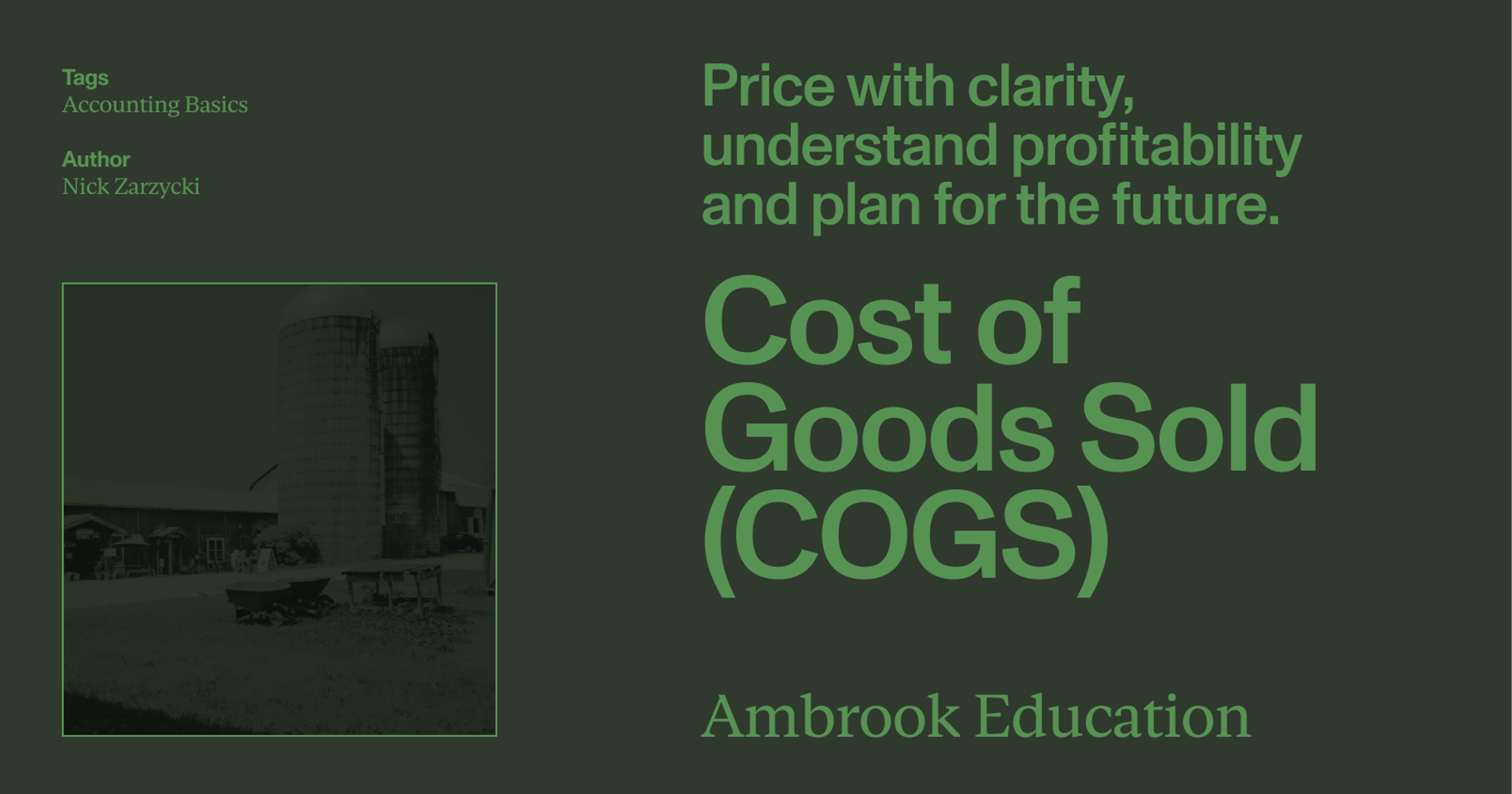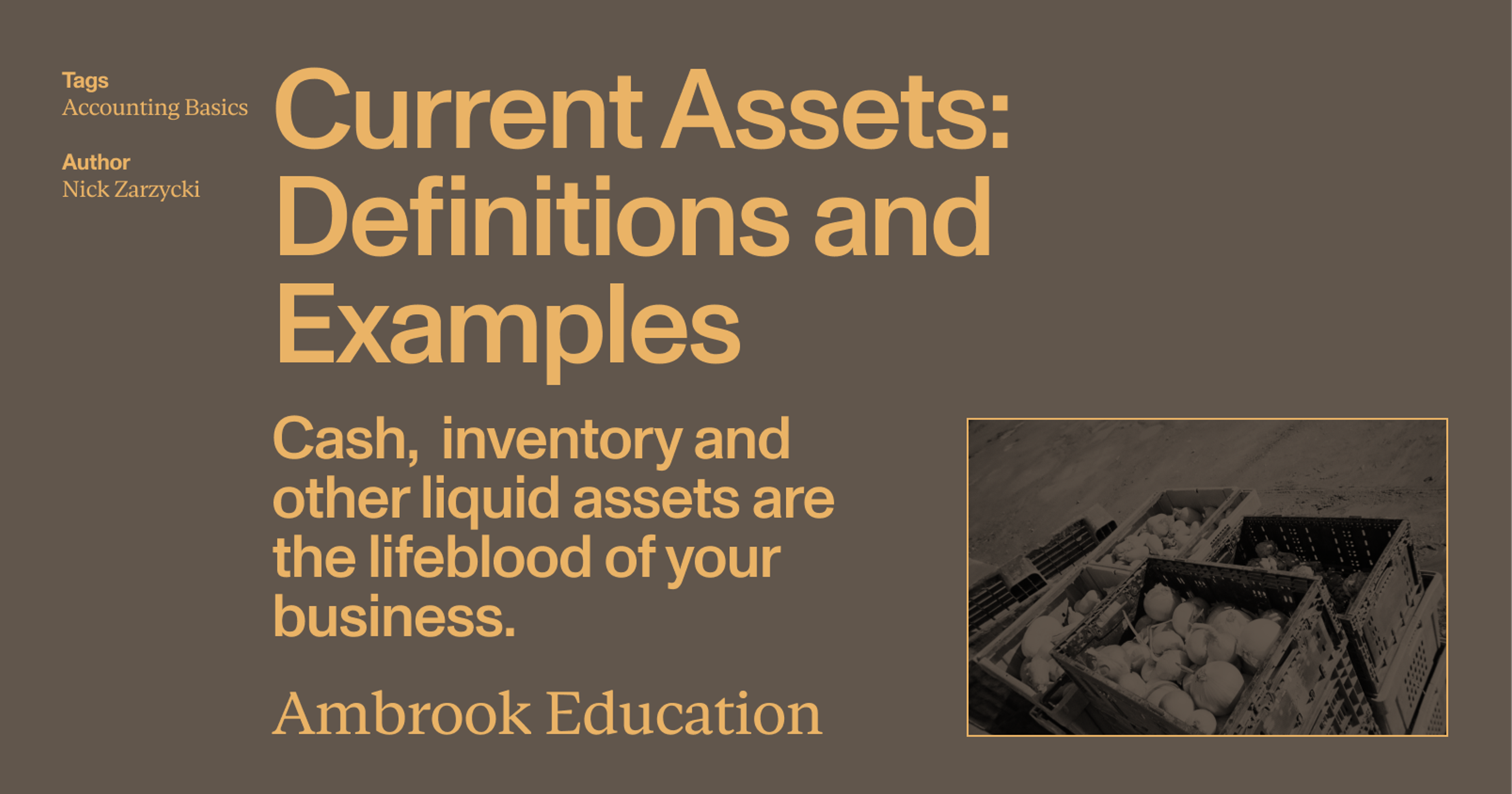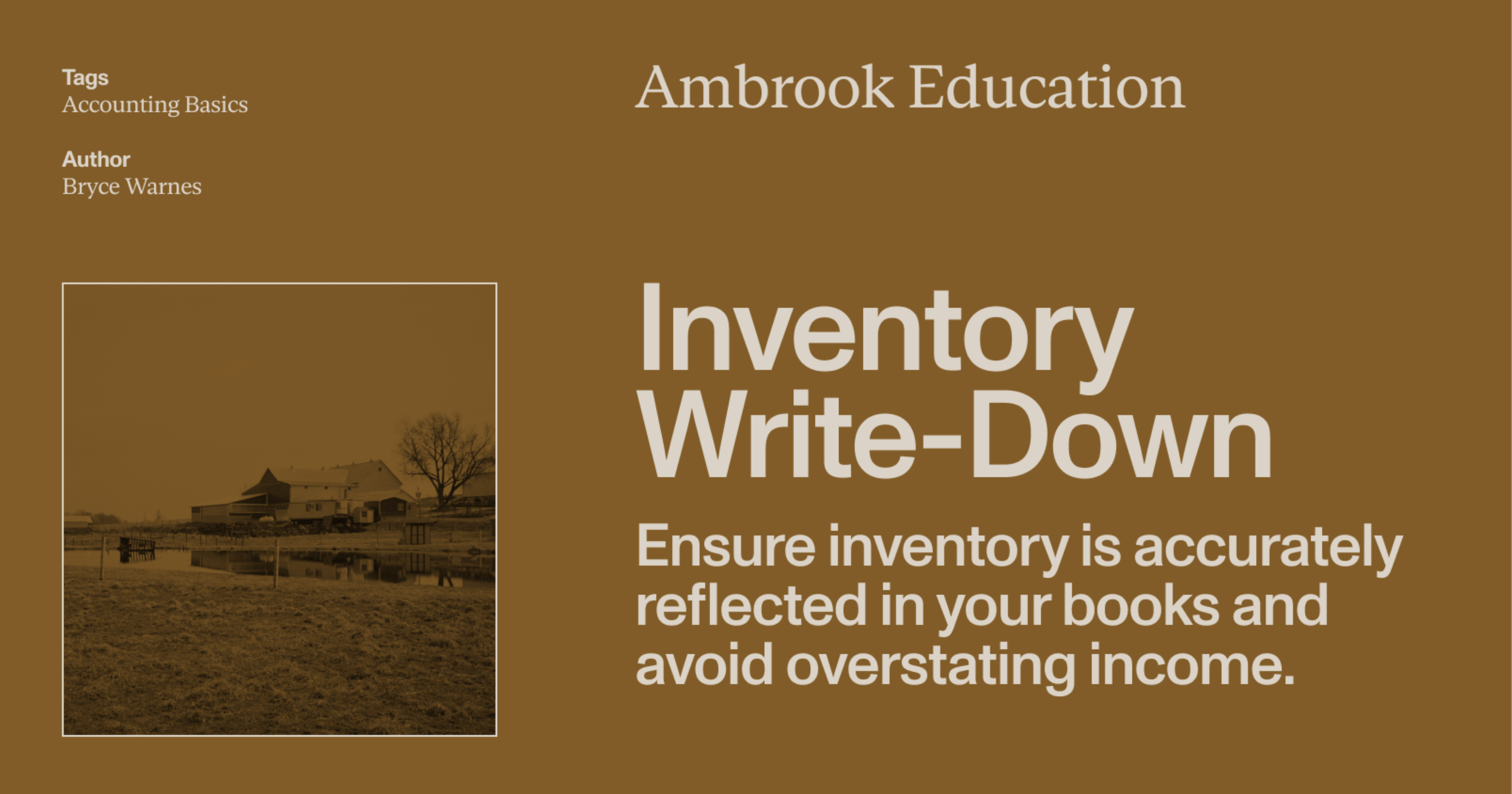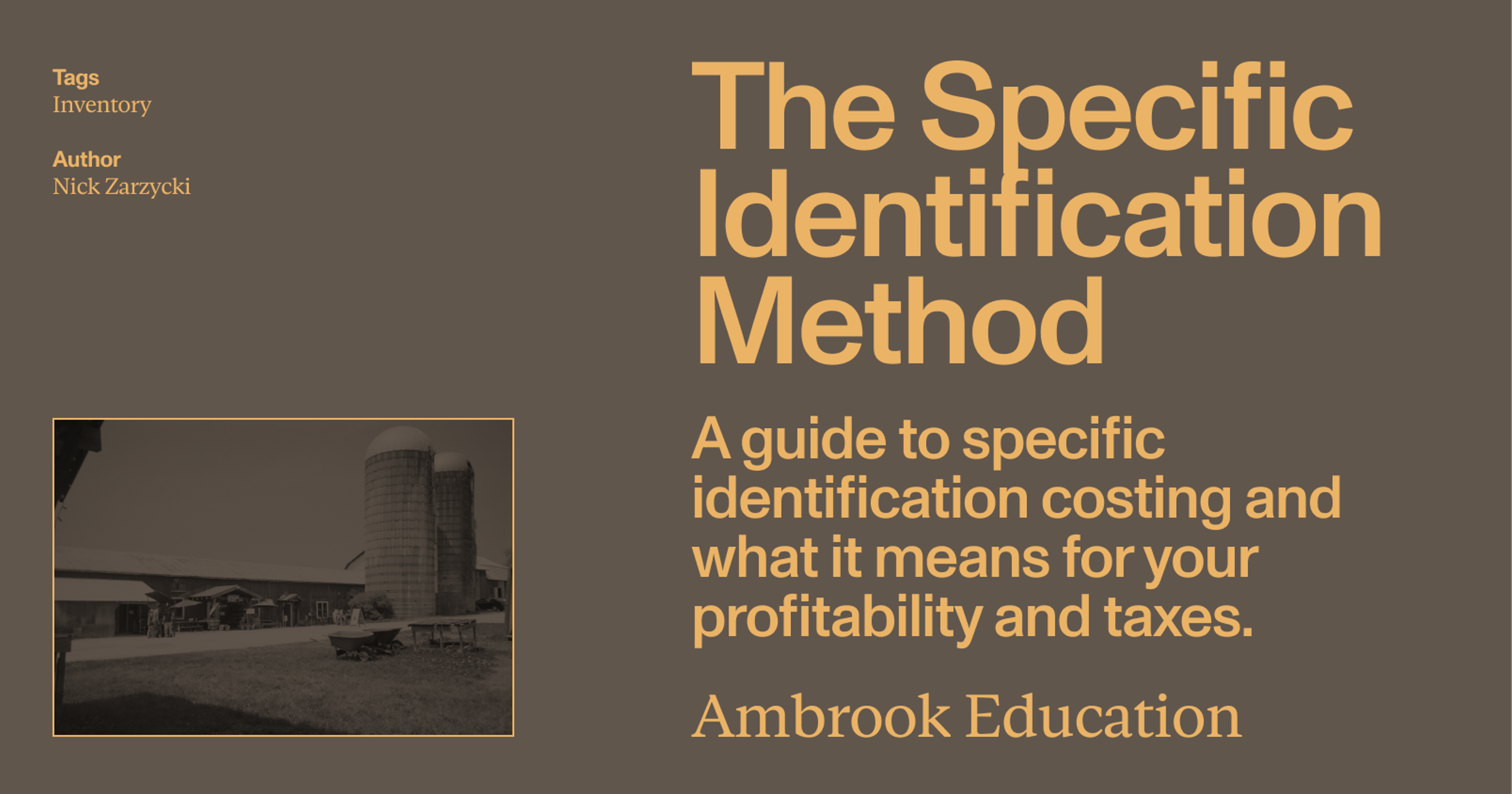Farmers have numerous methods available to them, each of which can impact profitability, balance sheet values and taxes. Here’s how they work.
So you’ve taken a physical count of all your important farm inventories, and you’re ready to start accurately accounting for them using accrual accounting. There’s just one problem: you’re not sure exactly how much those inventories are actually worth.
Many of your goods held for resale and use in the operation are mingled together. You also have many products purchased at different prices mixed together, and the cost basis for certain raised or harvested products might be unclear or varying wildly. How are you supposed to use market prices or costs to come up with a valuation?
That’s where inventory valuation methods come in. They play a crucial role in how you calculate your operation’s income, costs and profitability, and can also have a significant impact on your tax bill. Here’s how they work.
Why is farm inventory valuation important?
Most farmers do cash basis accounting, under which inventories are simply deducted up front when they’re purchased, as expenses. While this way of accounting for inventory might have some short-term tax and recordkeeping benefits, in the long term it can distort profitability.
Accrual accounting, which involves carefully matching expenses like inventory to revenue as it’s earned, gives you a more accurate picture of profitability, but can also take some extra work from a recordkeeping perspective. So why go through the trouble of accounting for inventories properly?
1. It gets easier to measure performance
Properly accounting for your inventory lets you calculate the cost of goods sold (COGS), which consists of all the inputs—material and labor—that go into raising, cultivating or harvesting a product.
You subtract COGS from gross income to determine your net income—your profit. If you don’t value your inventory—that is, determine its monetary value—then you can’t calculate your COGS, and in turn you can’t calculate your profit.
2. It’s easier to get funded
Without COGS, your profit and loss statement (P&L) and balance sheet won’t accurately reflect your business’ financial position and results of operations. You’ll need accurate financial statements to apply for a loan and many other forms of financing, which makes proper inventory accounting crucial not just for production planning, but for financial reasons as well.
3. It takes the guesswork out of running your business
Without proper inventory accounting, you fail to account for the actual, dollars-and-cents value of inventory. So you can’t track whether your investment in inventory pays off in the form of profit.
By following best practices for inventory valuation, you can use managerial accounting to track your operation’s efficiency and calculate your true economic profit, which gives you clear insight into how your operation is performing.
Read more: Farm Inventory Accounting 101
What is included in an agricultural operation’s inventory?
For the purposes of valuation, your ag operation’s inventory may include:
Raised or purchased livestock held for sale, such as feeder cattle, lambs, and poultry
Crops and harvested products like grain, hay, and produce
Purchased items for resale, which may include livestock, feed, seed, or fertilizer
Feed, seed, and supplies—production materials on hand that your operation uses for raising products
By-products and secondary goods like wool, hides, and manure that you hold for sale later
Importantly, your inventory does not include things like land, buildings and machinery (depreciable assets). Breeding, dairy, and draft animals are usually considered depreciable capital assets, and not included in your inventory. But if you decide to use the livestock-unit-price method (covered below), you may end up valuing them as inventory.
Which inventory valuation methods are available to farmers?
The Farm Financial Standards Council (FFSC) has set best practices for inventory valuation in agriculture. There are four methods recognized by the IRS that ag producers can use to value their inventory:
The cost method
The lower of cost or market method
The farm-price method
The base value method
Of these, two—the farm-price method and the base value method—are available only to ag producers.
1. The cost method
The cost method takes into account all the cost inputs that go into obtaining inventory.
For purchased items like seed, feed, and fertilizer, using the cost method is fairly straightforward. You simply calculate your cost basis—the amount you paid to purchase the inventory.
But the cost method gets complicated when it comes to raised products like livestock or crops. You need to account for both direct and indirect inputs. That includes feed, medicine, and supplementary nutrition. But it also includes facility and pasture maintenance, hired labor, vet bills, and other inputs. That creates a significant accounting burden.
2. The lower of cost or market method
With the lower of cost or market method, you value inventory based on either its cost or its value on the market—whichever amount is lower.
This is a conservative valuation method that can help prevent you from overvaluing inventory. A temporary spike in the market value of raised commodities doesn’t necessarily reflect the revenue you will earn when you sell those commodities. So you fall back on the cost value—the amount you invested to produce the inventory—so that you don’t artificially inflate its value.
The market value is based on the amount for which you can reasonably expect to sell inventory in the local market. It applies to goods you have purchased and have on hand, or in the inputs for goods you are producing (raised commodities).
You can’t apply it to goods you are raising that you will deliver for a firm price fixed by a sales contract.
3. The farm-price method
Using the farm-price method, you value inventory based on its net realizable value (NRV). The NRV is the amount you can expect to earn from selling an item, minus its disposition cost—the cost you incur in selling it.
For ag producers, disposition costs usually take the form of brokers’ fees and delivery.
If you use the farm-price method, you must apply it to your entire inventory. However, livestock may be valued using the unit-livestock-price method.
4. The base value method
Because it can be difficult to determine the cost of raising livestock inventory, ag producers may use the base value method, also sometimes referred to as the ‘unit-livestock-price’ method.
With this method, you categorize all livestock in your inventory according to type. Then for each type, you determine a standard unit price or “base value” per head based on a reasonable estimate of the normal costs of raising that livestock.
This value is subject to IRS approval after you submit your tax return, and should be adjusted year-to-year as the cost of raising livestock changes. (Also, if you decide to switch to a different valuation method for your livestock, you must get IRS approval.)
When using the base value method, you must apply it to all livestock in your inventory. Any livestock you raise or purchase primarily for sale must be included. You can choose whether to include livestock held for breeding, draft, recreational, or dairy purposes in your inventory, or whether you depreciate them as capital assets. However, if you do include them in your inventory, you must use the base value method to value them.
This method accounts for the cost of raising livestock to maturity. If you purchase livestock after they have already reached maturity, you must either include them in your inventory or depreciate them at their purchase price.
Read more: Tracking & Valuing Breeding Stock
What are costing methods?
Most of the methods outlined above are based on the cost of inventory. If your input and inventory costs never changed, calculating the cost of inventory would be fairly simple. But in reality, those costs are constantly changing, which means you’ll also need to pick one of four costing methods:
Costing methods are usually a tax consideration. The important thing to remember is that when prices rise, FIFO results in higher taxes, LIFO in lower taxes, and WAC will usually result in a midpoint somewhere between FIFO and LIFO.
Which inventory valuation method should I choose?
The FFSC guidelines are meant to bring agricultural accounting operations in line with generally accepted accounting principles (GAAP). Following them helps you produce accurate books and financial statements, comply with IRS requirements, and clear up any confusion you may find yourself dealing with as you choose between valuation methods.
At the core of the FFSC guidelines are two important recommendations:
Disclose the valuation process you use and stick to it from one year to the next.
Use a conservative valuation method for any inventory that will be consumed in the next business cycle.
For most types of inventory, the FFSC recommends either the farm-price method or the lower of cost or farm-price method. Any inventory you value using the farm-price method must:
Have a reliable, easily determined, and realizable market price;
Have relatively insignificant, predictable costs of disposal; and
Be available for immediate delivery
The FFSC sets different recommendations for different categories of inventory. There are four categories:
Inventories raised/harvested for sale
Inventories raised/harvested for use in the production process
Inventories purchased for resale
Inventories purchased for use in the production process
1. Inventories raised/harvested for sale
Inventories raised or harvested for sale should be valued using the farm-price method. Typical examples include crops and livestock.
2. Inventories raised/harvested for use in the production process
This category includes crops you raise to feed livestock or livestock raised for the purpose of breeding.
The FFSC guidelines allow you to use the farm-price method for these inventories, but the lower of cost or farm-price method is preferred.
Since market costs can swing up and down, it may be difficult to accurately value inventories using the farm-price method alone. Using the lower of cost or farm price method helps to control for these price swings.
Also, the intended use of the inventory plays a role. Crops raised to feed livestock or livestock raised for breeding aren’t ‘meant’ to be sold. So it makes sense to take the cost of raising them into account, and not entirely base their value on sale price.
3. Inventories purchased for resale
Inventories purchased for resale fall into two different sub-categories: Those that will be resold in the same form that you purchased them, and those that will be used as inputs to raise other inventories.
Those that will be resold in the same form may include feeder livestock whose weight will increase while you hold them in your inventory. For these, the farm-price method is allowed, but the lower of cost or farm-price method is preferred.
Those that will be used as inputs include feed for livestock. They must be valued at the lower of cost or farm-price. Since they function the same as inventories purchased for use in the production process, their cost needs to be taken into account.
4. Inventories purchased for use in the production process
Inventories purchased for use in the production process—such as feed, seed, fertilizer, and similar inputs—should be valued according to the cost method.
(That being said, the FFSC acknowledges that GAAP would recommend the lower of cost or farm price method.)
Commingled inventories used for production
It’s common for ag producers to raise their own livestock feed while also purchasing some on the market. The FFSC notes that it can be tricky, when managing your inventory, to separate the two and apply different valuation methods.
For the sake of simpler accounting, an acceptable alternative is to value all feedstuffs you have on hand at the end of the year using a single valuation method. That method is the lower of the weighted average cost of feed or the farm-price.
That being said, if your total production inventory at the end of the year is greater than it was when the year began, the FFSC recommends you use different valuation methods for raised and purchased inventories.
Use Ambrook to take stock of your finances
Ambrook is a complete financial platform for your agricultural operation. With Ambrook, you get a complete set of books and detailed financial insights—making it easier to value inventory, calculate your profit, and plan for the future.
With time-saving bookkeeping automation features, automatically-generated financial reports, streamlined bill pay and invoicing, and other powerful accounting and financial management tools, Ambrook takes the guesswork out of running your business. Want to learn more? Schedule a demo today.
Want to learn more about Ambrook?
This resource is provided for general informational purposes only. It does not constitute professional tax, legal, or accounting advice. The information may not apply to your specific situation. Please consult with a qualified tax professional regarding your individual circumstances before making any tax-related decisions.

